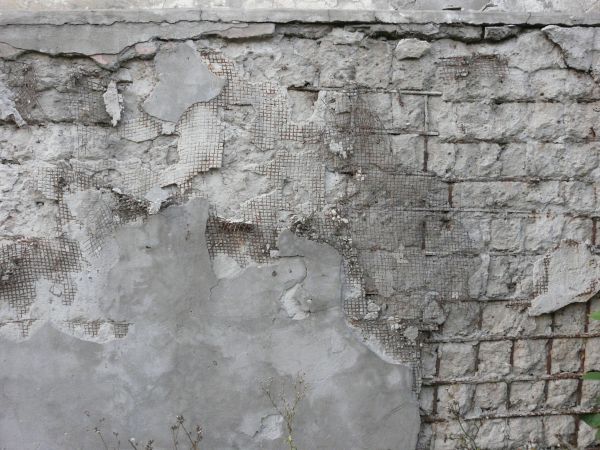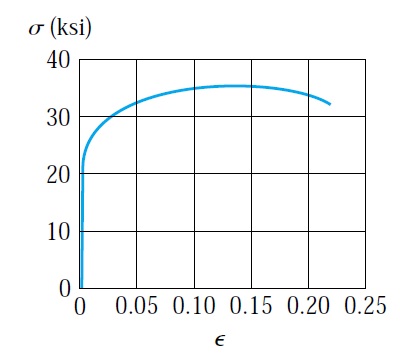Flexible Pavement Layers and Their Components
Flexible pavement is composed of several layers that work together to distribute traffic loads to the subgrade. These layers are generally divided into aggregate layers and asphaltic layers, each serving a specific function to ensure strength, stability, and durability of the pavement.
Aggregate Layers
The aggregate portion of the pavement usually consists of the subbase, roadbase, and sometimes a wet mix macadam (WMM) layer. These layers play a crucial role in supporting the asphaltic layers above and ensuring that loads are transferred smoothly to the subgrade without excessive settlement or deformation.
1-Subbase
The subbase is a mixture of fine and coarse aggregates placed directly above the existing subgrade. Its main purpose is to improve the pavement’s overall bearing capacity, minimize settlement, and provide a uniform surface for the upper layers.
Typically, the subbase should have a California Bearing Ratio (CBR) of not less than 30. The minimum thickness is usually about 150 millimeters, but this can vary depending on the type of road, expected traffic volume, and vehicle category.
2-Aggregate Roadbase
The aggregate roadbase layer is also a blend of fine and coarse aggregates but is designed with a different gradation and higher strength than the subbase. It provides better load distribution and contributes significantly to the structural capacity of the pavement.
The roadbase generally has a CBR value of 65 or higher, and its thickness is usually not less than 100 millimeters. It is placed above the subbase layer since it possesses superior properties and greater stability.
3-Wet Mix Macadam (WMM)
Wet Mix Macadam, commonly known as WMM, is another type of aggregate layer consisting of well-graded fine and coarse aggregates mixed with water to achieve the desired moisture content for compaction. WMM exhibits better characteristics than the conventional roadbase and is often used in heavily trafficked roads.
The CBR value of WMM is typically 80 or more, and the compaction should reach at least 100% of the Maximum Dry Density (MDD). Placement of WMM is generally carried out using a mechanical paver to ensure uniformity and to prevent segregation of the mix.
Not all flexible pavements include WMM, but when it is used, it is placed above the roadbase. As we move upward through the pavement structure, the material properties generally improve — the upper layers need to be stiffer and stronger since they are closer to the traffic loads and must resist deformation and cracking.
Asphaltic Layers
The design of the asphaltic mix must ensure that the pavement can carry the expected loads without premature damage. To achieve this, the aggregates and bitumen used in the mix must meet specific quality standards.
Aggregate Requirements for Asphalt Mixes
Aggregates used in asphalt layers must possess adequate strength, toughness, and durability. They should meet several key requirements:
-
Each aggregate particle should have at least one crushed face to improve interlocking.
-
The flakiness and elongation index should not exceed 25 percent.
-
The gradation should fall within the specified limits.
-
The soundness test should confirm resistance to weathering.
-
The Los Angeles abrasion value should be within the acceptable range to ensure toughness.
These properties help ensure that the aggregates can withstand repeated traffic loads and maintain good bonding with the bitumen binder.
Bitumen Binder Properties
The bitumen binder is the glue that holds the aggregate particles together, providing flexibility and cohesion to the pavement. Its properties—such as penetration value, softening point, ductility, and specific gravity—must comply with relevant specifications to ensure reliable performance under varying temperatures and traffic conditions.
Determining Bitumen Content
The most widely used method to determine the optimum bitumen content in asphalt mixes is the Marshall Mix Design Method.
In this method, five different bitumen contents are tested. For each content, three samples are prepared and tested for stability, flow, air voids, voids in mineral aggregate (VMA), and voids filled with asphalt (VFA).
These tests ensure that the mixture achieves the right balance between strength and flexibility. The air voids allow for slight movement and prevent premature aging of asphalt, while the VFA ensures good bonding between the aggregates and bitumen.
Construction and Compaction
The asphaltic layers—such as the base course and wearing course—are placed using a paver to ensure uniform spreading and a smooth finish. Proper compaction is essential to achieve the required density and strength.
The field density should be at least 98 percent of the Marshall density to ensure long-term performance. Inadequate compaction can lead to cold joints, low density, and early pavement distress such as rutting or cracking.
Thickness of Asphalt Layers
The thickness of asphaltic layers varies according to the design traffic and pavement category. However, the minimum thickness for an asphalt layer is generally about 40 millimeters (4 centimeters). Thicker layers are provided for roads with heavier traffic to ensure durability and service life.
In summary, a well-designed flexible pavement consists of multiple layers, each with a specific role—from the subbase that strengthens the foundation, to the asphalt surface that carries the traffic loads. The quality of materials, proper mix design, and adequate compaction are all critical to ensure that the pavement performs efficiently throughout its service life.

















Comments
Post a Comment